7 amazing facts about your liver
This essential organ weighs about 3 pounds and has more than 500 functions.
Updated on May 15, 2025
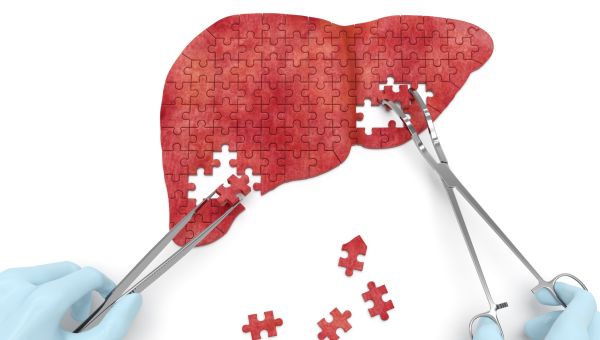
The liver, one of the largest organs in the body, is a mighty multitasker. It performs critical metabolic functions, converting food into energy. It stores nutrients until your body needs them. It neutralizes toxic substances or makes sure they’re excreted. And that’s not all.
Here’s what you need to know about this important organ, including ways to keep it healthy.
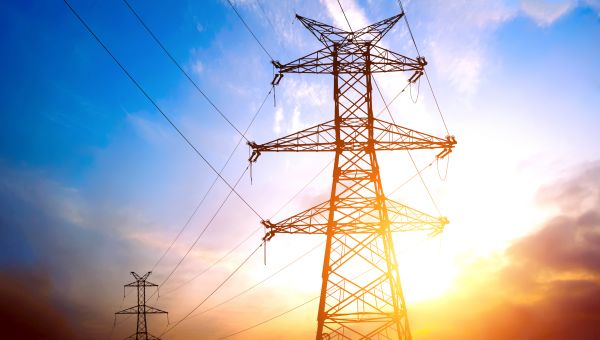
It's an energy warehouse
One of the liver’s main functions is to remove sugar (glucose) from your blood, convert it to glycogen, and store it. "Whenever your body needs energy, the liver can break it back down to glucose and send it into your bloodstream," says Nadia Javaid, MD, who practices family medicine at Saint Agnes Medical Center in Fresno, California.
But the liver doesn’t act alone in removing and releasing glucose—it’s guided by the hormones insulin and glucagon. When levels are high (for instance, after eating) insulin is released into the blood stream, signaling the liver to absorb glucose. If levels are low (for instance, between meals), glucagon sends the message to release glucose and give you an energy boost.

It's a detox center
Everything that you eat and drink is filtered through your liver, including medications. Nutrient-rich blood from the digestive system passes through the liver to be metabolized, stored, altered, or detoxified, then passed back to the bloodstream or the bowel for elimination. In the process of metabolizing protein, it produces a toxic substance called ammonia. "The liver converts ammonia into urea, which is then excreted as urine," says Dr. Javaid. "It also helps neutralize toxins such as drugs and alcohol."
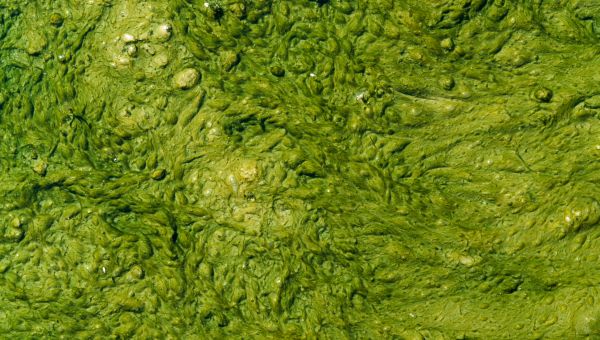
It's a bile factory
"Bile is a fluid produced in the liver that breaks down fats and aids with digestion," says Javaid. Another central function is to eliminate waste products, such as excess cholesterol. To get the job done, your liver produces about 800 to 1,000 milliliters of bile every day, then stores it in the gallbladder. If you’ve ever wondered what that greenish-yellow fluid is when you throw up on an empty stomach, it’s most likely bile.
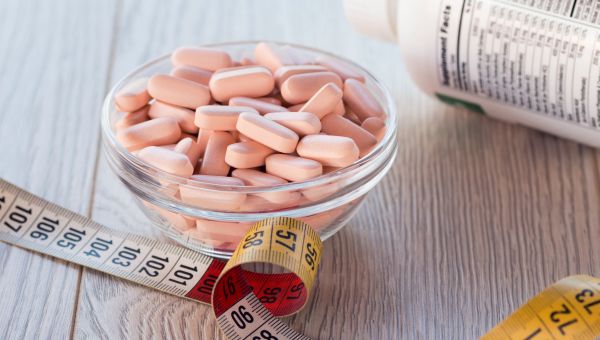
It stashes vitamins and minerals
Essential vitamins like A, D, E, K, and B12, along with minerals like iron and copper, are stored in the liver and then supplied to cells when needed. For example, vitamin K is needed to produce certain body chemicals that help with blood clotting, and iron is central to blood production. Seventy percent of your body’s iron is found in hemoglobin, a main part of red blood cells that carries oxygen from the lungs to tissues. Iron found in muscle cells is called myoglobin. Myoglobin in muscle cells contains, stores, and releases oxygen.
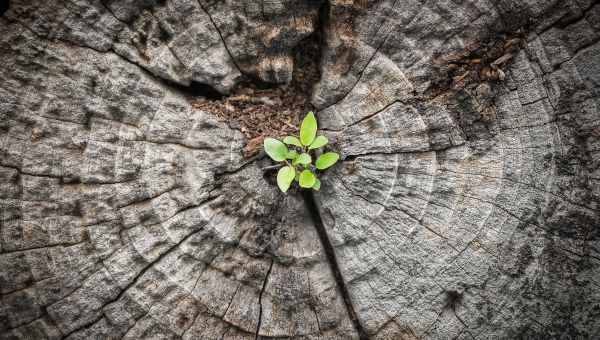
It regenerates itself
"The liver is the only organ in the body that can do that," says Javaid. As long as you have 25 percent of your liver intact, it can regrow to its previous size, and will perform all of its functions as it does so. The process of regrowth is speedy; it only takes between 8 and 15 days to create new liver tissue.

It's affected by body weight
One function of the liver is to break down fat. But if you’re overweight, fat can build up, making it difficult for the liver do its job well. This could lead to one of two types of metabolic dysfunction associated steatotic liver disease (MASLD), one of which is more serious than the other:
- Simple fatty liver disease: There is fat in your liver, but it doesn’t cause inflammation or cell damage.
- Metabolic dysfunction associated steatohepatitis (MASH): Not only is there fat in your liver, but there is liver cell damage and inflammation. These two factors can lead to fibrosis of the liver (scarring), which may, in turn, cause liver cancer or cirrhosis.
The causes of MASLD are poorly understood, but obesity, high blood pressure, high cholesterol, and type 2 diabetes are associated with higher risk.
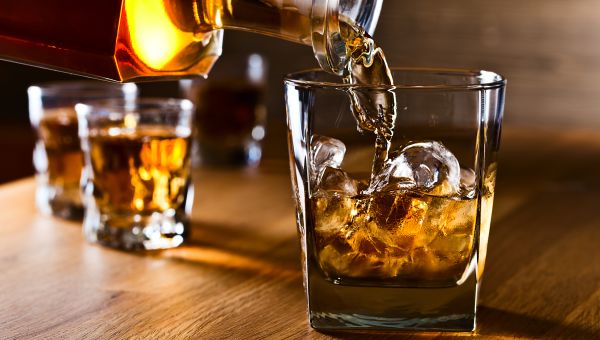
It's also affected by alcohol consumption
Another liver function is to clear out toxins, like alcohol. Sounds good, but there’s a catch: When the liver breaks down the alcohol you drink, it produces harmful byproducts that can promote inflammation, damage liver cells, and weaken your immune system. The more alcohol you drink on a regular basis, the higher your chance of developing alcohol-induced liver disease, which can lead to alcoholic hepatitis and cirrhosis. One of the primary causes of liver problems is alcohol abuse.

Show your liver some love
What can you do to keep this vital organ healthy and strong? Here is Javaid’s cheat sheet:
- Limit alcohol consumption.
- Eat nutritious foods and exercise to maintain a healthy weight and control fat in the liver.
- Talk to your doctor about any medicines and supplements you take. When taken incorrectly—by taking too much, or the wrong type, or by mixing them—the liver can be affected.
Avoid taking acetaminophen on a regular basis. Also, take no more than 4 grams of acetaminophen per day. “When you go over that amount, it’s hard to be metabolized and broken up,” says Javaid. “Some toxins in acetaminophen can build up and damage the liver.”

Kaira A, Yetiskul E, et al. Physiology, Liver. Treasure Island (FL): StatPearls Publishing; 2022 Jan-.
Trefts E, Gannon M, Wasserman DH. The liver. Curr Biol. 2017 Nov 6;27(21):R1147-R1151.
Columbia Surgery. The Liver and Its Functions. Accessed May 15, 2025.
InformedHealth.org. How does the liver work? Institute for Quality and Efficiency in Health Care (IQWiG); 2006-.
MedlinePlus. Bile. July 23, 2024.
Mayo Clinic. Bile reflux. January 6, 2022.
UCSF Health. Hemoglobin and Functions of Iron. Accessed May 15, 2025.
MedlinePlus. Fatty Liver Disease. March 19, 2025.
NIH: National Institute of Diabetes and Digestive and Kidney Diseases. Nonalcoholic Fatty Liver Disease (NAFLD) & NASH. April 2021.
American Association for the Study of Liver Diseases. New MASLD Nomenclature. Accessed May 15, 2025.
Johns Hopkins Medicine. 5 Ways to Be Kind to Your Liver. Accessed May 15, 2025.
American Liver Foundation. 13 Ways to a Healthy Liver. June 24, 2021.
Endocrine Society. Pancreas Hormones. January 24, 2022.
InformedHealth.org. How does the gallbladder work? Last updated September 6, 2018.
Medscape. Acetaminophen Toxicity. Updated October 25, 2021.
More On


video

article

slideshow


video


video
